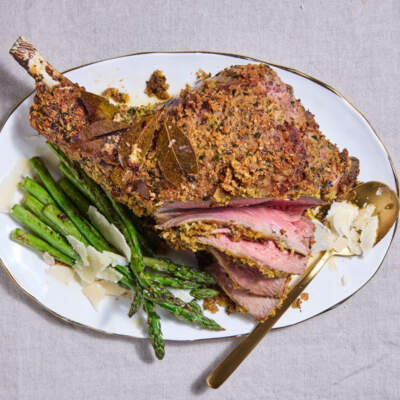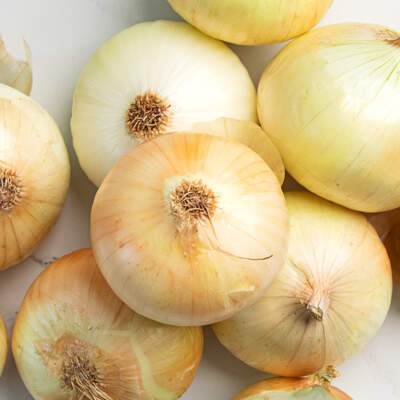How to make stock
Any home cook worth their salt knows that a good stock can take a dish to the next level, but not that many know just how easy it is to master. We’re here to show you a few tips and tricks to making stock using just about anything you have at home. By Jess Spiro
The basics
Essentially, stock is the result of gently simmering bones with a few aromatics to create a flavourful liquid. Traditional cooking techniques will tell you that you should use stock in everything from soups and risottos to gravies and sauces. Tradition will also tell you that there is a long list of ingredients and steps involved in making anything resembling a stock. The general rule of thumb is to cover animal (or fish) bones, vegetables such as onions, celery and carrots, and herbs (such as thyme, black peppercorns and bay leaves) with enough water and cook for anywhere between four and eight hours.
Breaking the rules
We hate to break with tradition, but there are also some rules we like to bend in the interest of sanity. Firstly, if you’ve ever googled a stock recipe only to be met with strict instructions, you’ll know that it can feel like a huge commitment. It doesn’t have to be. We’re here to tell you that if you have any kind of bones in your freezer (most likely chicken), that’s already a great place to start. If you don’t have any bones in the freezer, get into the habit of keeping leftover roast chicken carcasses, instead of buying things like chicken wings (which are excellent in stock, but not at all necessary if you don’t have them). Once you’ve got a nice collection (2–3 carcasses will do it), pop them into a large pot along with whatever veggies and herbs you have on hand. We know we’re encouraging rule-breaking, but there are some veggies you can’t use in stock. Brassicas (such as cauliflower and broccoli) will simply disintegrate and make your stock bitter and mushy, and things like potatoes will also cloud your stock, so leave them out, too. If you’ve only got onions and garlic, use them, they’ll impart enough flavour on their own. If you’ve got carrots and celery, great, but if not, you don’t need to go out and buy them specially. If you don’t have any thyme or bay leaves, leave them out, and simply add whole black peppercorns (not cracked as this will also make your stock bitter). A nice food waste tip is to store carrot peels, or celery tops, or even onion roots, in your freezer to throw into future stocks. Cover everything with water and allow to cook gently for at least four hours before cooling, straining and storing in the freezer. The point here is to not get too bogged down in the detailed ingredients of making stock and that lightly flavoured water is better than none.
When and where to use it
Once you’ve made your own stock once you’ll realise how precious it is and you’ll become very particular about when you use it. This might shock you but risotto doesn’t need your hard-earned, handcrafted chicken stock. A quick veggie stock enriched with a Parmesan rind will do just fine, I promise. Keep your stock for things like broths, braises and delicate soups, where the base of the dish relies heavily on the flavour of the stock.
A tip for improving flavour
We’re fully aware that this is less of a recipe to making stock and more of a demystifying explainer and your final result might not be as flavoursome as you’d hoped. Once you’re at the stage of using your stock in things, you might find our how-to on broths helpful as you’ll find some flavour-boosting tips there.








Comments